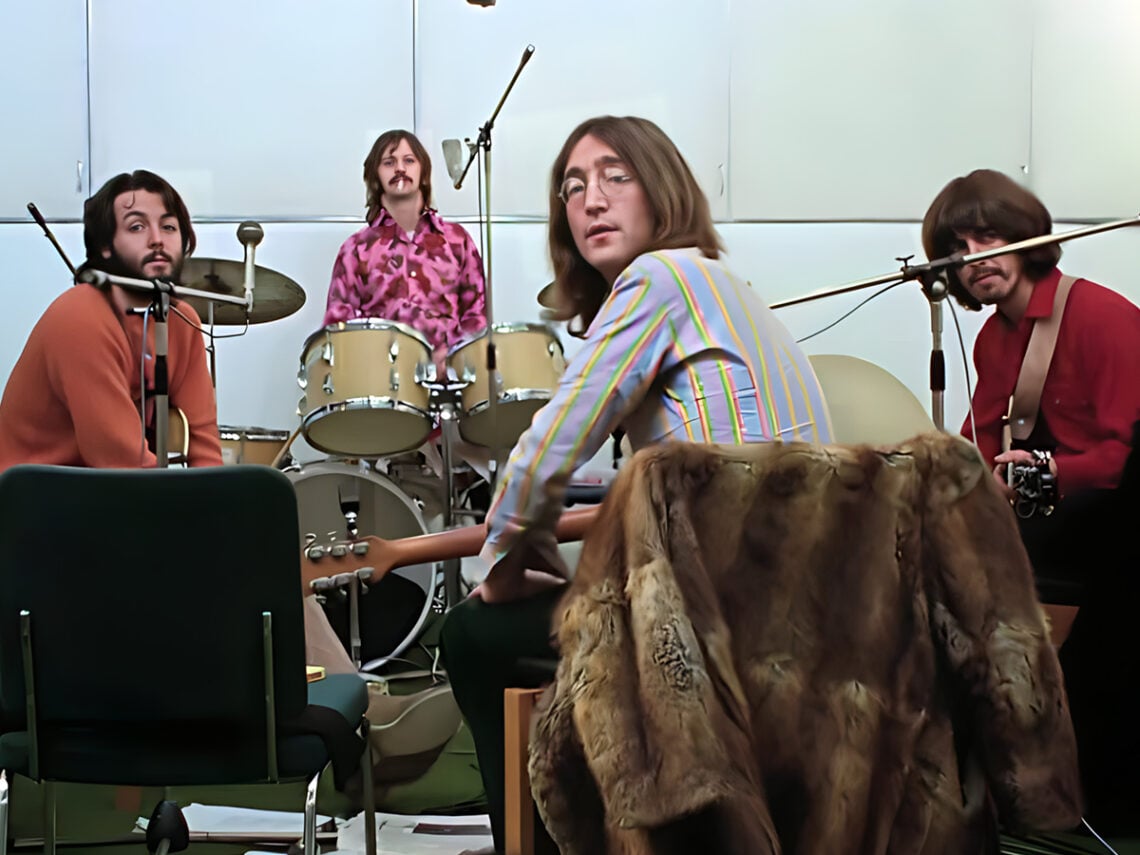The title track of the final Beatles album, Let It Be, is perhaps the closest the Fab Four ever came to religious music. John Lennon might have been famously anti-religious, despite George Harrison making certain forays into spiritualism via his interest in Indian music before later following the teachings of Hinduism after the band broke up. But in general, they were indifferent to all forms of religion and abstained from any direct references to God.
‘Let It Be’ is primarily viewed as a pseudo-religious song for its reference to “mother Mary,” which is often taken to mean the Virgin Mary, although it actually referred to Paul McCartney’s mother. It also prominently uses an organ, which imitates the sound of gospel music from Baptist churches in the southern United States.
It’s not the only case in which the sound of a traditional organ is featured in a Beatles song, either. The band first added this element to their music in the 1965 B-side ‘I’m Down’, where John Lennon loses himself in a jazzy solo part played on a Vox Continental organ, an electric instrument designed to sound like its ancestral piped equivalent. But the organ on ‘Let It Be’ sounds a lot more grandiose and churchy.
It wasn’t actually one of the four members of the group playing the instrument, either. Like most of the songs The Beatles were working on for their failed Get Back project, the vocal and instrumental tracks for ‘Let It Be’ were almost all recorded at the same time, during live takes in the studio. McCartney was busy with piano, Harrison with his lead guitar and Lennon with a second guitar part that was later discarded, and, of course, Ringo Starr was on drums.
Who was the organist, then?
The organ player The Beatles employed for the song was Billy Preston, the 22-year-old Texan keyboardist they’d invited to join them for the Get Back sessions. They were impressed by his prodigious talent on the keys, with Starr later commenting that he never made mistakes. He ended up playing on seven songs for the album and two more for subsequent production Abbey Road.
On ‘Let It Be’, Preston makes use of the double-manual set-up of the Hammond organ to produce different tones, producing a similar effect to a church pipe organ. He repeats the descending figure following the song’s second chorus, playing it first in unison with McCartney’s piano on the lower manual of the organ and then again on the upper manual. It’s this second manual which provides the full effect of gospel music.
Hammond organs were actually invented to be sold to churches as a cheaper electronic alternative to pipe organs. As such, they found their way into many African-American churches, which couldn’t afford to splash out on the more traditional version of the instrument.
And so, what we hear on ‘Let It Be’ really is the authentic sound of gospel music, played on the same instrument which would be used to back baptist congregations singing their spirituals. Another reason to see it as the most religious song The Beatles ever made.

